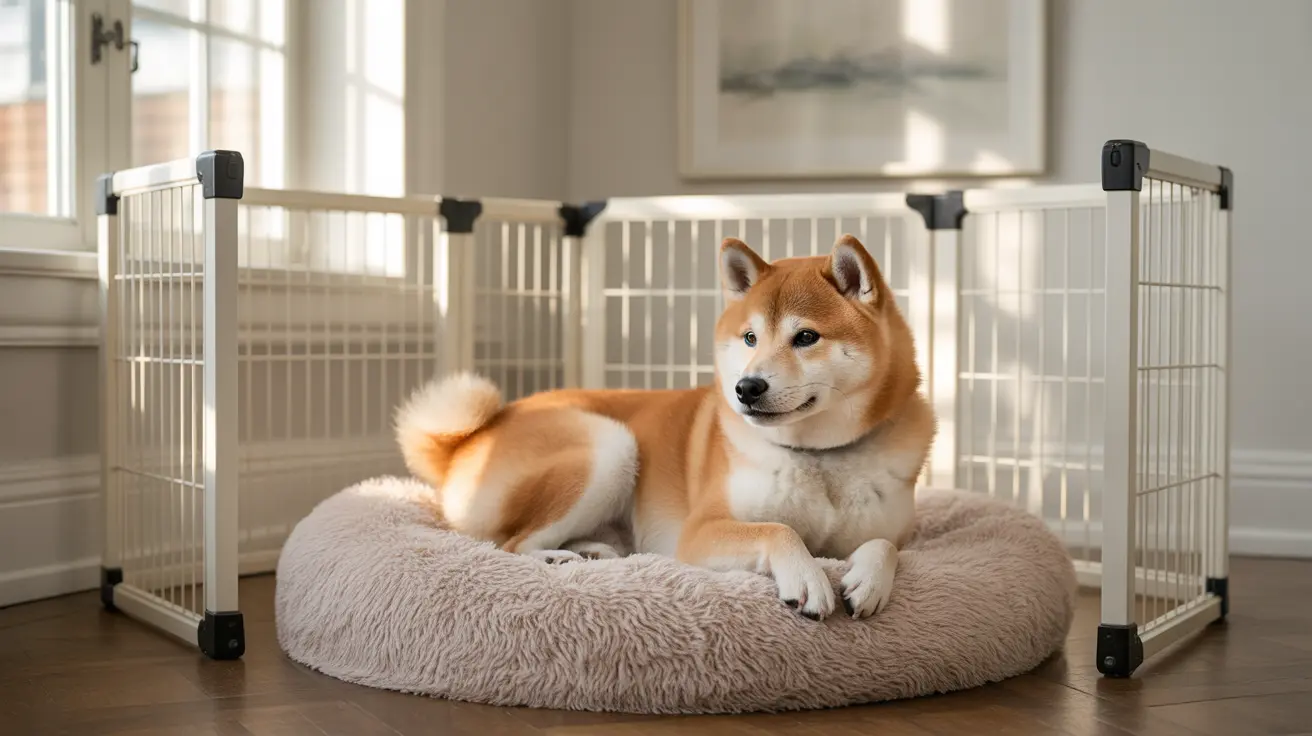Understanding Dog Seizures and Their Impact
Seizures in dogs occur when there's abnormal electrical activity in the brain, leading to temporary loss of bodily control. While most single seizures lasting under three minutes aren't immediately life-threatening, they can be dangerous if your dog is unsupervised. Dogs typically don't remember the seizure event and are often unconscious during episodes, but the post-seizure period can leave them disoriented and vulnerable.
Signs Your Dog Had a Seizure While You Were Away
When returning home, look for these telltale signs that might indicate your dog experienced a seizure:
- Wet or soiled bedding
- Displaced furniture or knocked-over items
- Unusual injuries or bruising
- Excessive drooling or foam around the mouth
- Disoriented or confused behavior
- Extreme fatigue or restlessness
Creating a Safe Environment for Your Dog
To minimize risks when your dog is home alone, take these preventive measures:
- Remove access to stairs and elevated surfaces
- Pad sharp furniture corners
- Create a confined, cushioned space
- Install pet cameras for monitoring
- Keep electrical cords out of reach
- Use baby gates to restrict access to dangerous areas
Emergency Response Planning
While you can't be there during every seizure, you can prepare for emergencies:
- Post emergency vet contact information visibly
- Inform neighbors and pet sitters about your dog's condition
- Keep a detailed seizure diary
- Consider a medical alert tag for your dog
- Have a "seizure kit" ready with necessary supplies
Medical Management and Monitoring
Work closely with your veterinarian to develop a comprehensive management plan:
- Maintain consistent medication schedules
- Regular check-ups and blood work
- Monitor seizure patterns and triggers
- Consider video monitoring systems
- Keep detailed records of all episodes
Frequently Asked Questions
What should I do if I suspect my dog had a seizure while I was not home?
Contact your veterinarian immediately for guidance. Look for signs of injury or distress, and document any evidence of the seizure (displaced items, accidents, etc.). Monitor your dog closely for unusual behavior.
How can I make my home safe to prevent injury if my dog has a seizure alone?
Create a padded, enclosed space free from hazards. Remove access to stairs, sharp furniture, and dangerous objects. Consider using baby gates and protective padding in areas where your dog spends time alone.
What are the signs that my dog is having a seizure when I'm not around?
Look for evidence such as displaced furniture, wet or soiled bedding, injuries, excessive drooling spots, or unusual fatigue/confusion when you return home.
When should I seek emergency veterinary care if my dog has a seizure at home alone?
Seek immediate emergency care if you notice multiple seizure episodes within 24 hours, signs of serious injury, or if your dog remains disoriented for an extended period after the suspected seizure.
Can I monitor my dog remotely to help during seizures when I'm away?
Yes, pet cameras and monitoring systems can help you observe your dog while away. Some advanced systems even alert you to unusual activity, though they cannot prevent or stop seizures.
Conclusion
While it's concerning to think about your dog having a seizure when home alone, proper preparation and environmental safety measures can significantly reduce risks. Regular veterinary care, medication compliance, and a well-thought-out safety plan are your best tools for managing this condition. Remember that most dogs recover well from single seizures, and with proper medical management, they can lead happy, normal lives despite their condition.






